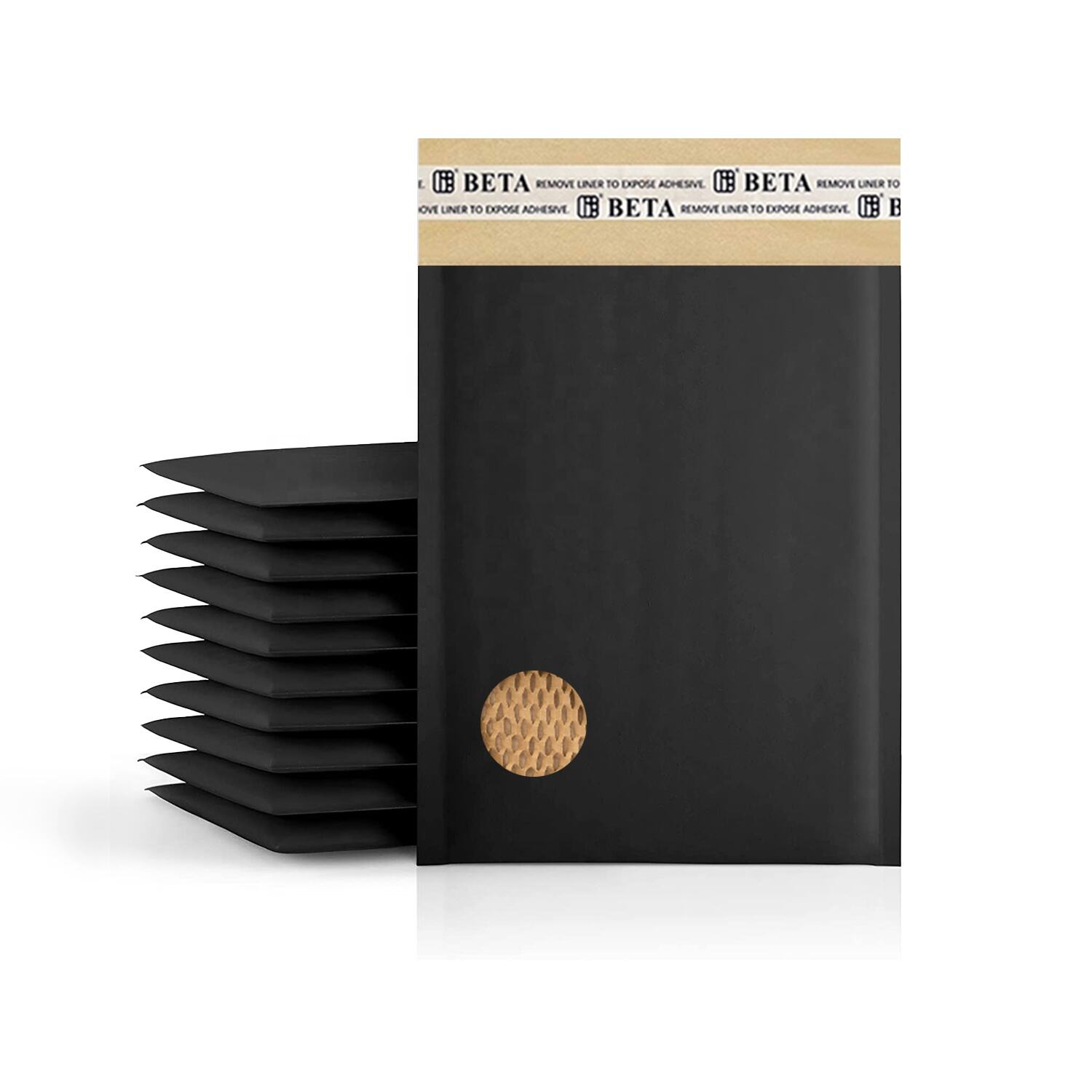verpakkingszakken voor verzending
Verpakkingszakken voor verzending vormen een essentieel onderdeel van moderne logistiek en e-commerce operaties, en bieden veelzijdige oplossingen voor het veilig transporteren van goederen over verschillende afstanden. Deze gespecialiseerde zakken zijn ontwikkeld met gebruik van geavanceerde materialen en constructietechnieken om uitstekende bescherming te bieden tegen milieu-invloeden, handelingsspanningen en mogelijke schade tijdens transport. De zakken bevatten meerdere lagen hoogdichtheidspolyethyleen of vergelijkbare materialen, vaak voorzien van vochtwerende barrières en scheurvaste constructie. Moderne verzendzakken zijn uitgerust met betrouwbare sluitmechanismen, zoals zelfklevende strips, ritsen of hitteversealingsmogelijkheden, waardoor de inhoud gedurende de hele verzendroute beschermd blijft. Het ontwerp bevat doorgaans versterkte randen en hoeken om de eisen van automatische sorteerinstallaties en normale hantering te kunnen weerstaan. Er zijn vele varianten verkrijgbaar, variërend van gestoffeerde versies voor breekbare artikelen tot weersbestendige zakken voor buitenopslag. Deze zakken integreren ook trackingfuncties via speciale drukmogelijkheden waarbij streepjescodes, QR-codes en verzendinformatie kunnen worden toegevoegd. De technologie achter deze zakken blijft zich ontwikkelen; nieuwe versies bevatten biologisch afbreekbare materialen en slimme indicatoren voor het monitoren van transportomstandigheden.

